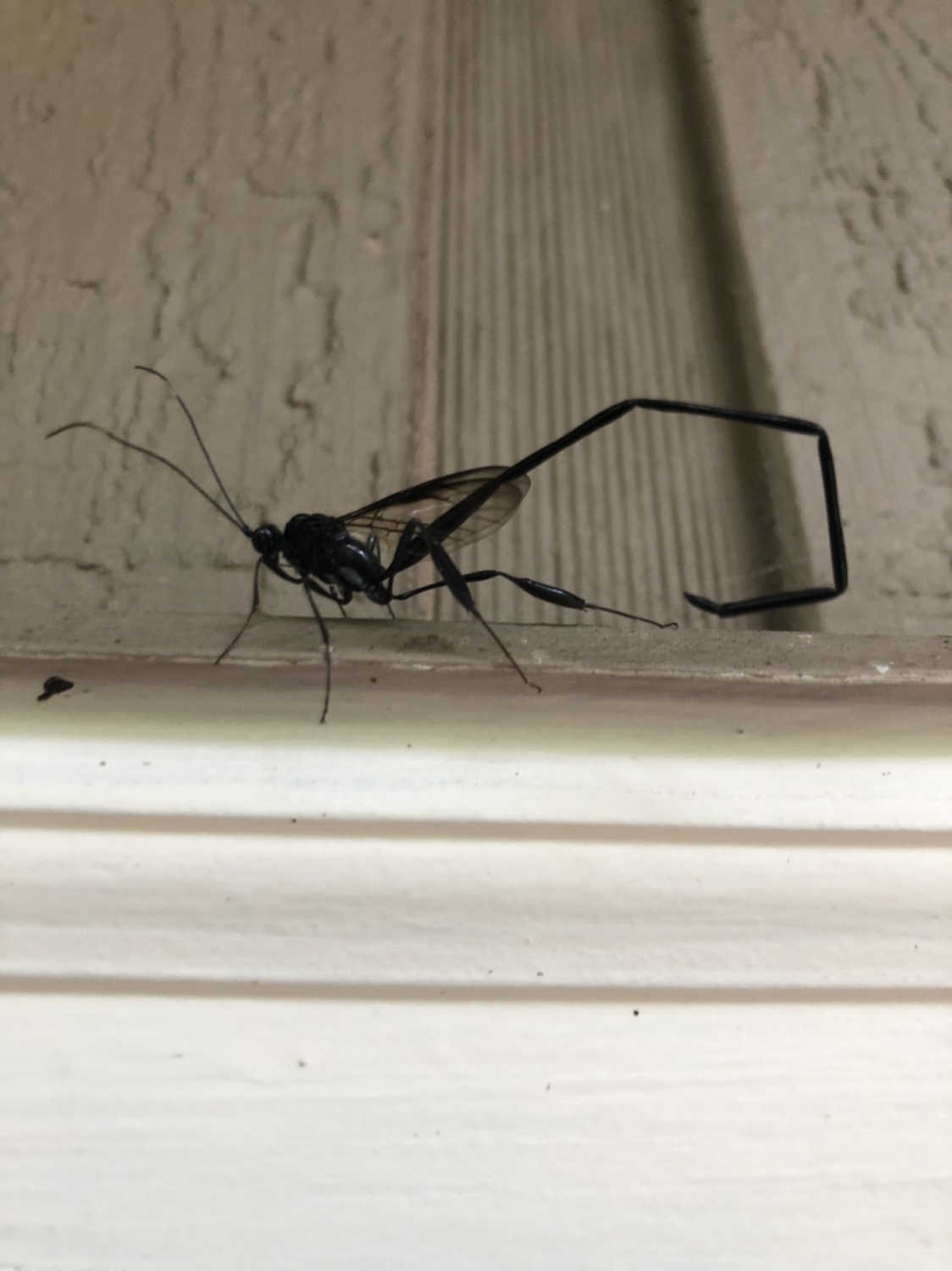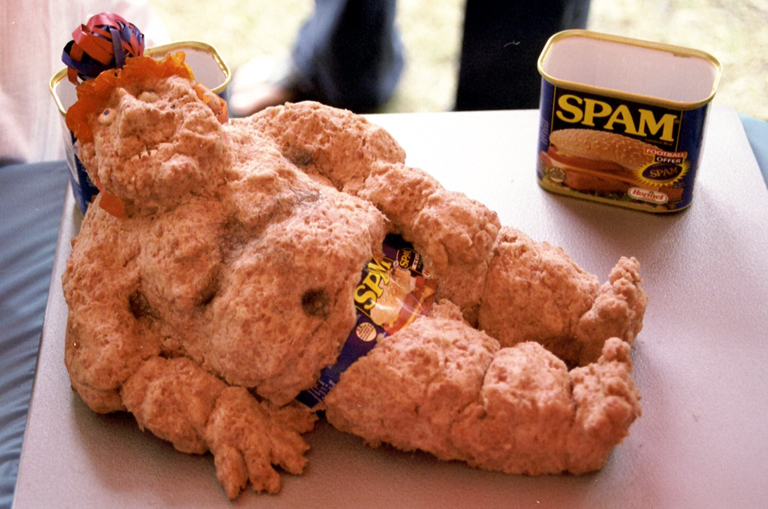As a former employee of the ill fated Nokia, I find this hilarious and sad at the same time........
You are using an out of date browser. It may not display this or other websites correctly.
You should upgrade or use an alternative browser.
You should upgrade or use an alternative browser.
Random Picture Thread
- Thread starter BigPicture
- Start date

Help Support Homebrew Talk:
This site may earn a commission from merchant affiliate
links, including eBay, Amazon, and others.
OpenSights
Well-Known Member
- Joined
- Dec 9, 2017
- Messages
- 1,149
- Reaction score
- 2,026
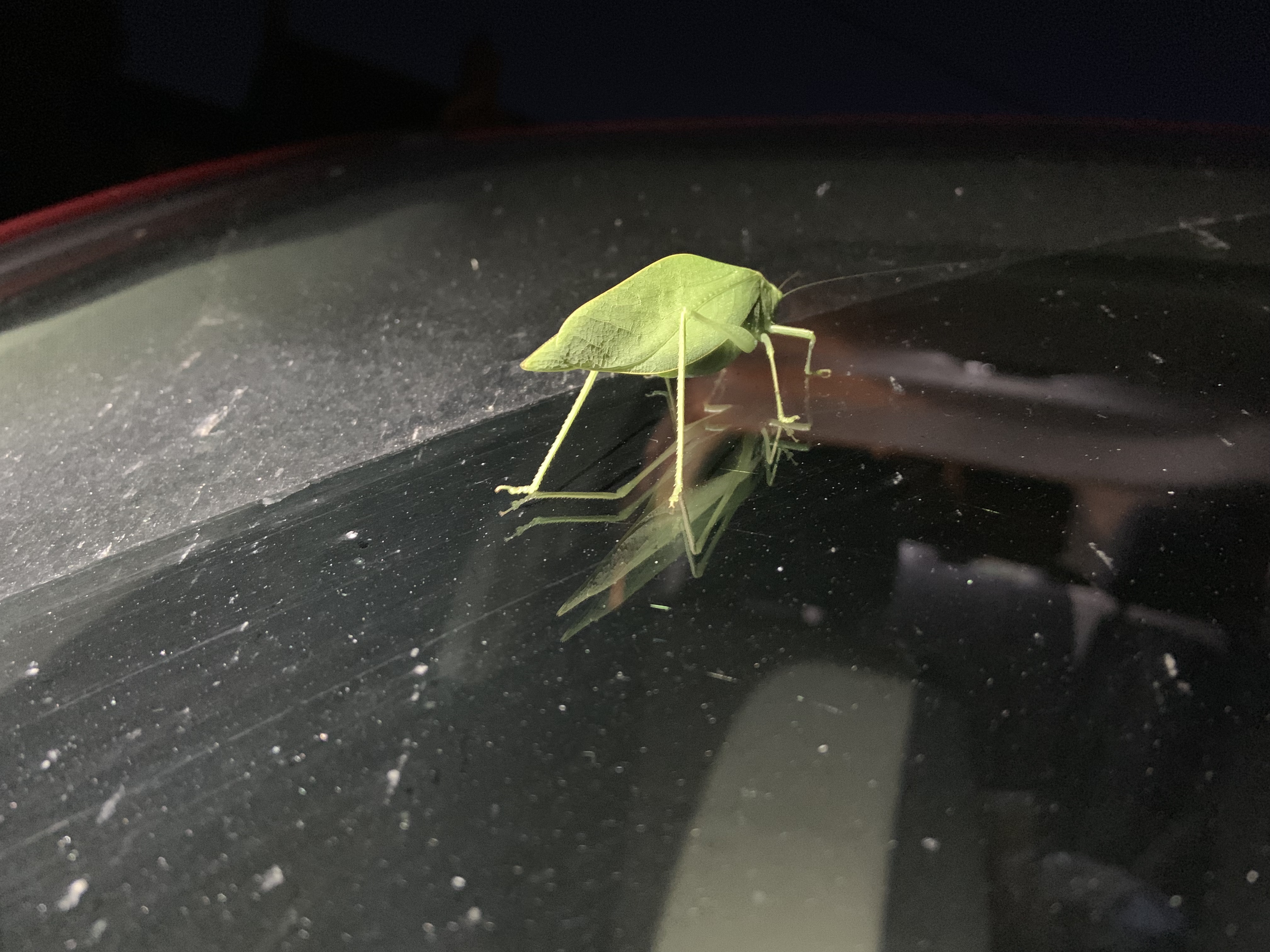
GrogNerd
mean old man
Came out of the Walmart one time to find this Lorax-looking caterpillar hanging on to my car door.
The BigHair said to take it off and put it in the grass
I said "no... if dude can hang on until we get home, it'd be an honor to give him a ride"
Little effer was a credit to his species, he was still there
The BigHair said to take it off and put it in the grass
I said "no... if dude can hang on until we get home, it'd be an honor to give him a ride"
Little effer was a credit to his species, he was still there
- Joined
- Apr 18, 2006
- Messages
- 16,779
- Reaction score
- 5,916
Bad Dad #1.


- Joined
- Apr 18, 2006
- Messages
- 16,779
- Reaction score
- 5,916
Bad Dad #2


- Joined
- Apr 18, 2006
- Messages
- 16,779
- Reaction score
- 5,916
Bad Dad #3



$53.24
1pc Hose Barb/MFL 1.5" Tri Clamp to Ball Lock Post Liquid Gas Homebrew Kegging Fermentation Parts Brewer Hardware SUS304(Gas MFL)
Guangshui Weilu You Trading Co., Ltd

$53.24
1pc Hose Barb/MFL 1.5" Tri Clamp to Ball Lock Post Liquid Gas Homebrew Kegging Fermentation Parts Brewer Hardware SUS304(Liquid Hose Barb)
yunchengshiyanhuqucuichendianzishangwuyouxiangongsi

$44.99
$49.95
Craft A Brew - Mead Making Kit – Reusable Make Your Own Mead Kit – Yields 1 Gallon of Mead
Craft a Brew

$20.94
$29.99
The Brew Your Own Big Book of Clone Recipes: Featuring 300 Homebrew Recipes from Your Favorite Breweries
Amazon.com

$22.00 ($623.23 / Ounce)
AMZLMPKNTW Ball Lock Sample Faucet 30cm Reinforced Silicone Hose Secondary Fermentation Homebrew Kegging joyful
无为中南商贸有限公司

$33.99 ($17.00 / Count)
$41.99 ($21.00 / Count)
2 Pack 1 Gallon Large Fermentation Jars with 3 Airlocks and 2 SCREW Lids(100% Airtight Heavy Duty Lid w Silicone) - Wide Mouth Glass Jars w Scale Mark - Pickle Jars for Sauerkraut, Sourdough Starter
Qianfenie Direct

$479.00
$559.00
EdgeStar KC1000SS Craft Brew Kegerator for 1/6 Barrel and Cornelius Kegs
Amazon.com

$10.99 ($31.16 / Ounce)
Hornindal Kveik Yeast for Homebrewing - Mead, Cider, Wine, Beer - 10g Packet - Saccharomyces Cerevisiae - Sold by Shadowhive.com
Shadowhive

$159.99 ($26.66 / Count)
3M High Flow Series System BREW120-MS, 5616001, For Brewed Coffee and Hot Tea, Valve-in-Head Design
SpaceCityProviders

$719.00
$799.00
EdgeStar KC2000TWIN Full Size Dual Tap Kegerator & Draft Beer Dispenser - Black
Amazon.com

$58.16
HUIZHUGS Brewing Equipment Keg Ball Lock Faucet 30cm Reinforced Silicone Hose Secondary Fermentation Homebrew Kegging Brewing Equipment
xiangshuizhenzhanglingfengshop

$76.92 ($2,179.04 / Ounce)
Brewing accessories 1.5" Tri Clamp to Ball Lock Post Liquid Gas Homebrew Kegging Fermentation Parts Brewer Hardware SUS304 Brewing accessories(Gas Hose Barb)
chuhanhandianzishangwu

$7.79 ($7.79 / Count)
Craft A Brew - LalBrew Voss™ - Kveik Ale Yeast - For Craft Lagers - Ingredients for Home Brewing - Beer Making Supplies - (1 Pack)
Craft a Brew

$176.97
1pc Commercial Keg Manifold 2" Tri Clamp,Ball Lock Tapping Head,Pressure Gauge/Adjustable PRV for Kegging,Fermentation Control
hanhanbaihuoxiaoshoudian
- Joined
- Apr 18, 2006
- Messages
- 16,779
- Reaction score
- 5,916
Bad Dad #4


- Joined
- Apr 18, 2006
- Messages
- 16,779
- Reaction score
- 5,916
Bad Dad #5


- Joined
- Apr 18, 2006
- Messages
- 16,779
- Reaction score
- 5,916
Bad Dad #6


- Joined
- Apr 18, 2006
- Messages
- 16,779
- Reaction score
- 5,916
Bad Dad #7


- Joined
- Apr 18, 2006
- Messages
- 16,779
- Reaction score
- 5,916
Bad Dad #8


- Joined
- Apr 18, 2006
- Messages
- 16,779
- Reaction score
- 5,916
Bad Dad #9


- Joined
- Apr 18, 2006
- Messages
- 16,779
- Reaction score
- 5,916
Bad Dad #10


Robert65
Major Obvious (recently promoted)
Okay, now I finally see a problem with that last one. Unsanitary having those shoes on the grill. As for the rest, what's wrong?
- Joined
- Apr 18, 2006
- Messages
- 16,779
- Reaction score
- 5,916
Bad Dad #11
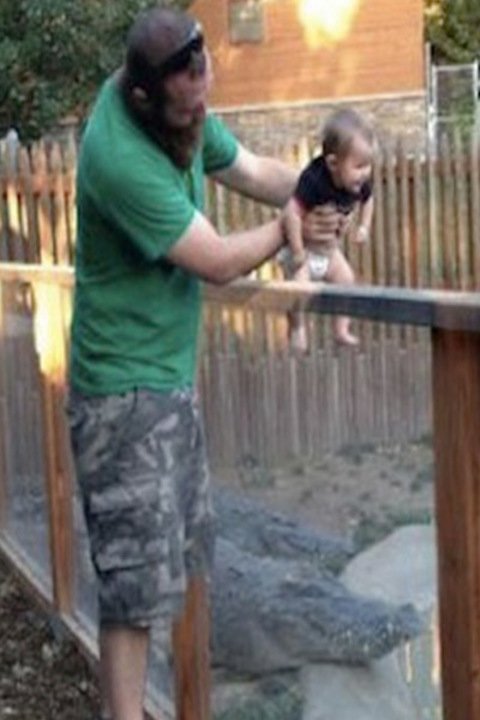

- Joined
- Apr 18, 2006
- Messages
- 16,779
- Reaction score
- 5,916
Bad Dad #12


- Joined
- Apr 18, 2006
- Messages
- 16,779
- Reaction score
- 5,916
Bad Dad #13


bracconiere
Jolly Alcoholic - In Remembrance 2023
Okay, now I finally see a problem with that last one. Unsanitary having those shoes on the grill. As for the rest, what's wrong?
for safety, the kid should be using both hands for those tongs....
- Joined
- Apr 18, 2006
- Messages
- 16,779
- Reaction score
- 5,916
Bad Dad# 14


- Joined
- Apr 18, 2006
- Messages
- 16,779
- Reaction score
- 5,916
Bad Dad #15


- Joined
- Apr 18, 2006
- Messages
- 16,779
- Reaction score
- 5,916
Bad Dad #16


- Joined
- Apr 18, 2006
- Messages
- 16,779
- Reaction score
- 5,916
Bad Dad #17


- Joined
- Apr 18, 2006
- Messages
- 16,779
- Reaction score
- 5,916
Bad Dad #18


- Joined
- Apr 18, 2006
- Messages
- 16,779
- Reaction score
- 5,916
Bad Dad #19


- Joined
- Apr 18, 2006
- Messages
- 16,779
- Reaction score
- 5,916
Bad Dad #20


- Joined
- Apr 18, 2006
- Messages
- 16,779
- Reaction score
- 5,916
Bad Dad #21


- Joined
- Apr 18, 2006
- Messages
- 16,779
- Reaction score
- 5,916
Bad Dad #22


- Joined
- Apr 18, 2006
- Messages
- 16,779
- Reaction score
- 5,916
Bad Dad #23


- Joined
- Apr 18, 2006
- Messages
- 16,779
- Reaction score
- 5,916
Bad Dad #24


- Joined
- Apr 18, 2006
- Messages
- 16,779
- Reaction score
- 5,916
Bad Dad #25


orionol73
Well-Known Member
- Joined
- Apr 18, 2006
- Messages
- 16,779
- Reaction score
- 5,916
Maybe not using an oven mitt?Okay, now I finally see a problem with that last one. Unsanitary having those shoes on the grill. As for the rest, what's wrong?
What the hell is that?
Pelecinid Wasp. Hella long ovipositor...
OpenSights
Well-Known Member
- Joined
- Dec 9, 2017
- Messages
- 1,149
- Reaction score
- 2,026
GrogNerd
mean old man
knew I had a picture of it somewhere. NOW I'm on-topic!
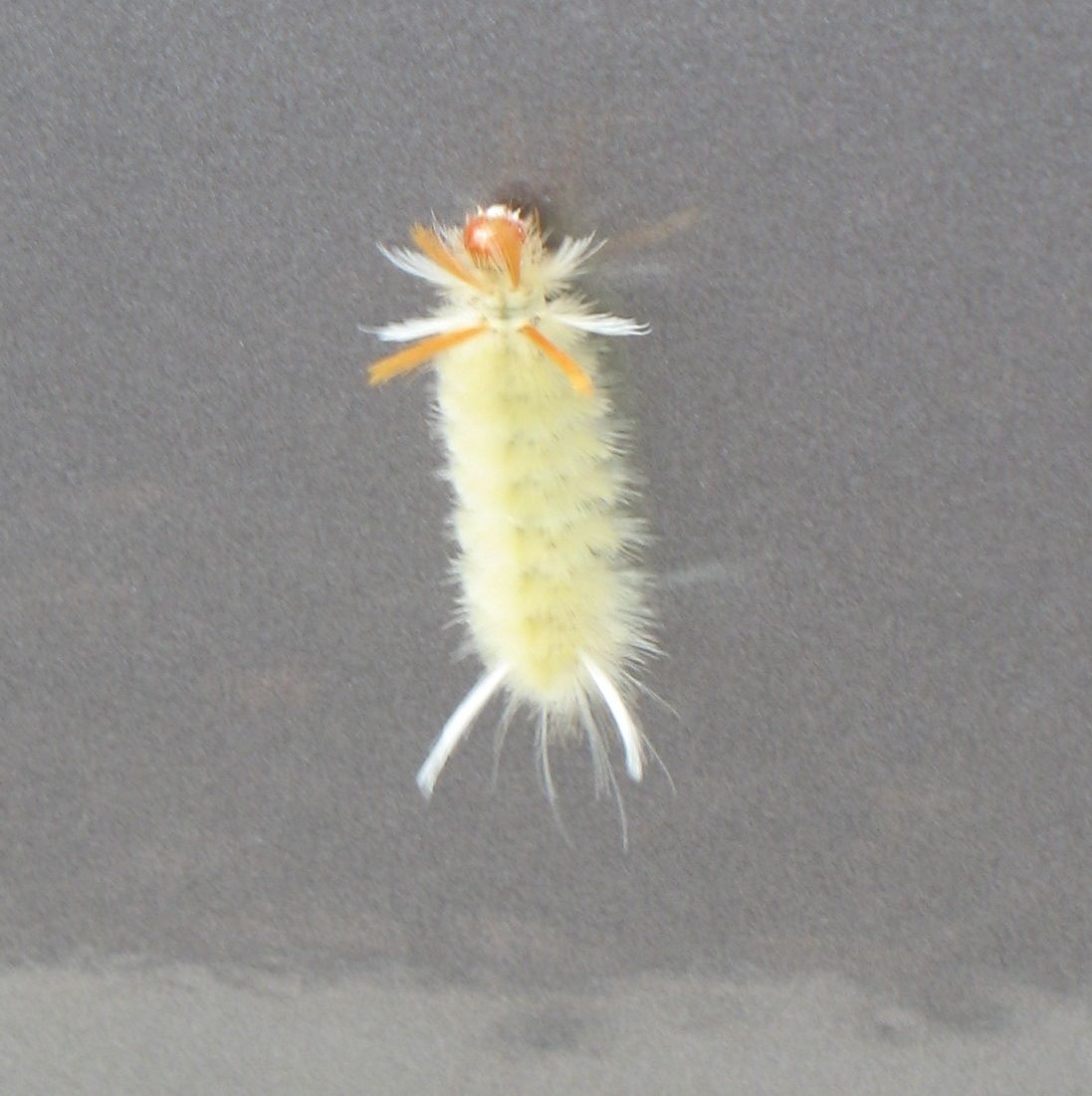
Came out of the Walmart one time to find this Lorax-looking caterpillar hanging on to my car door.
The BigHair said to take it off and put it in the grass
I said "no... if dude can hang on until we get home, it'd be an honor to give him a ride"
Little effer was a credit to his species, he was still there

bracconiere
Jolly Alcoholic - In Remembrance 2023
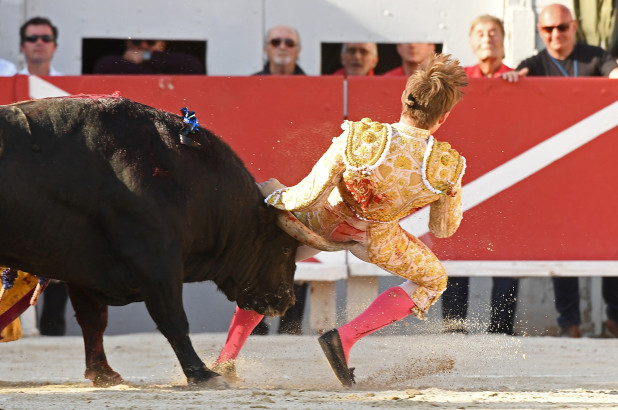
drinking homebrew, thought about this....
Now that looks like a real pain in the arse.
orionol73
Well-Known Member
Maybe not using an oven mitt?What the hell is that?
I had never seen that before

If you see a shiny, black, slow-flying wasp with a disproportionately long abdomen crawling on your lawn in late July, August or September, you should shout for joy. It is North America’s one species of pelecinid wasp, and it is a parasitoid – an insect with larvae that complete their development at the expense of a single host organism that is killed in the process. Using her long, flexible abdomen the female pelecinid wasp lays her eggs in June beetle larvae (which are busy consuming plant roots beneath your lawn). These eggs will hatch into wasp larvae that will devour their host, thereby decreasing next year’s June beetle infestation.
Similar threads
- Replies
- 2
- Views
- 276
- Replies
- 0
- Views
- 509








































![Craft A Brew - Safale BE-256 Yeast - Fermentis - Belgian Ale Dry Yeast - For Belgian & Strong Ales - Ingredients for Home Brewing - Beer Making Supplies - [3 Pack]](https://m.media-amazon.com/images/I/51bcKEwQmWL._SL500_.jpg)

